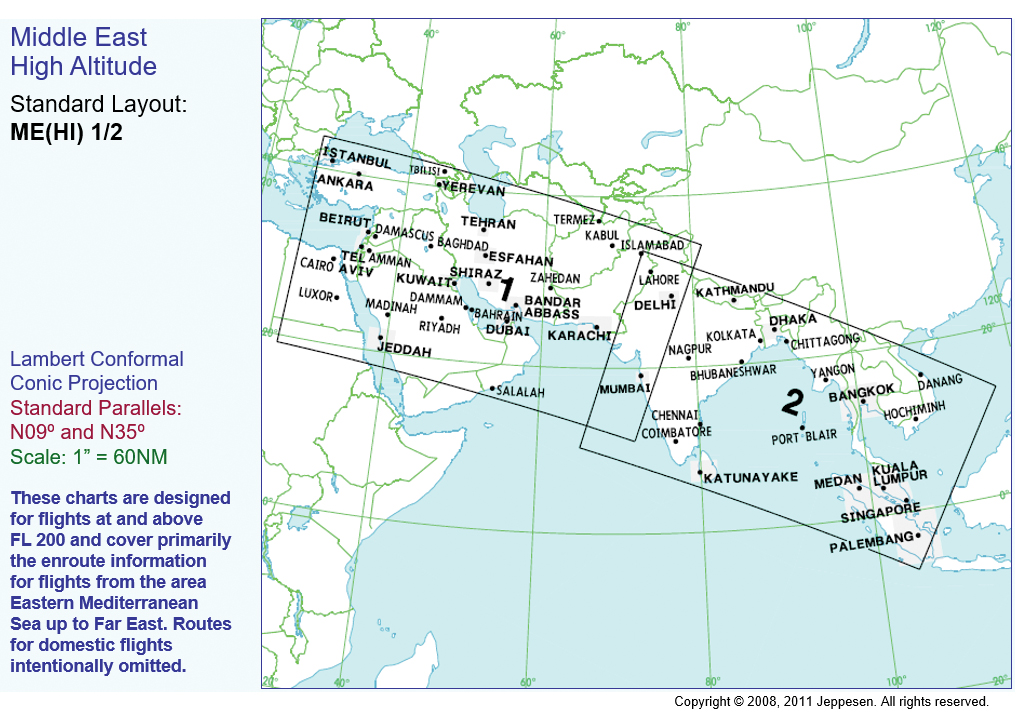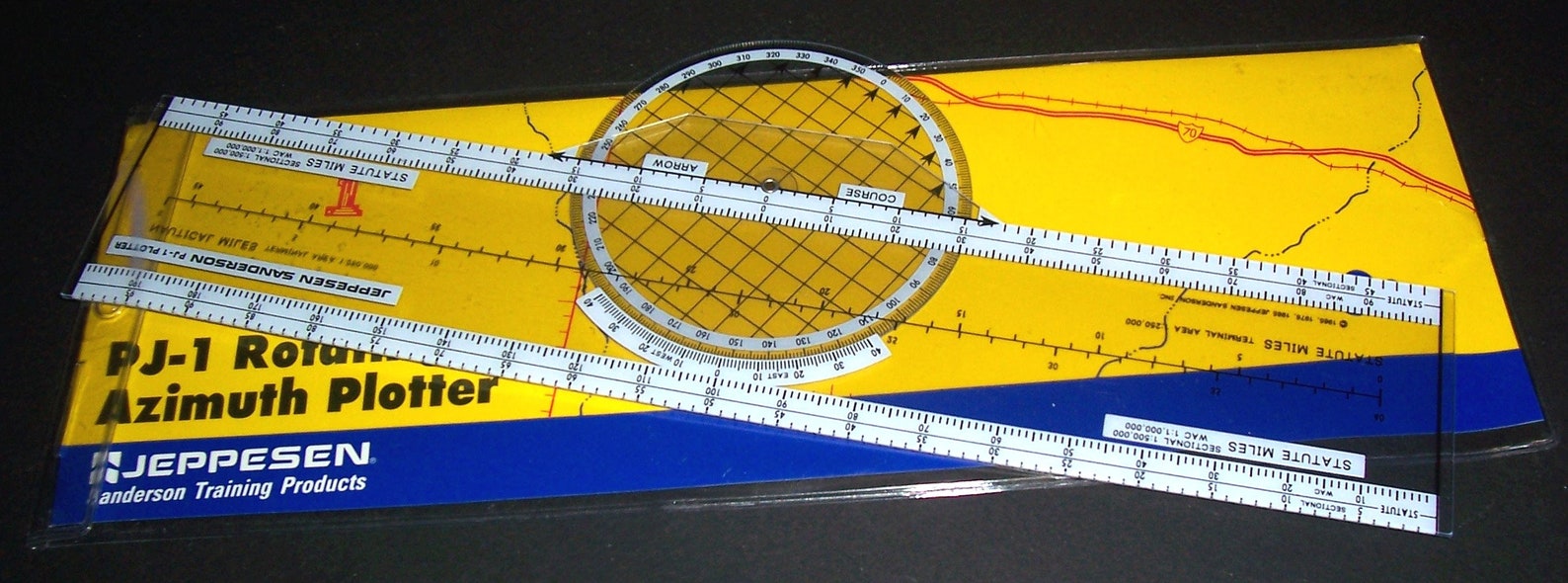

While it does note the elevation, it doesn’t prominently display it as the official field elevation. Jeppesen airport elevationĪbove is a Jepp chart with the actual runway heading underneath the runway. Surprisingly the FAA and Jepp charts have to different numbers for the actual runway heading. The Jepp plates as seen below easily highlight this, but the FAA charts put this number off to the side. When you line up on the runway, most of the time the runway is off a few degrees from the actual runway heading.įor example, in Salem, the runway is 310, but when you line up, if you centered your HSI’s bug, it would actually be 313 degrees. Notice the FAA charts run the lat/long lines through the plate, which is kind of nice because that’s how maps look, but it does add clutter.Īlso, the official lat/long of the airport is at the top of the Jepp plate, but in the FAA chart you have to dig for the official airport location in the A/FD.ĭifference #4: Airport Elevation and Runway heading The Jepp charts put the lat/long lines off to the side of the chart in an effort to keep the clutter off the diagram. The Jeppesen plates substantially reduce the size of the actual diagram so they can jam a whole bunch of information in one location. Difference #3: Size of the airport diagram and lat long lines This is a nice feature Jeppesen carries over to the approach plates as well. The Jeppesen plates layout the important frequencies in an easy to read chart at the top of the airport diagram. The frequencies above are jammed into the left-hand corner. A “15232” FAA chart means nothing in the Jeppesen world. Each organization uses its own labeling system so you can’t move back and forth between them. You will notice the chart numbers are different. Here are the two plates with the Jeppesen plates at the top and the FAA charts on the bottom. You will need to go to the Airport Facility Directory, the Takeoff minimums and Alternate Minimums, LAHSO, and Airport Diagram to get the same information you will find on one page of a Jeppesen plate.Ĭheck it out. The FAA charts, on the other hand, distribute the same information in several different locations. How are airport diagrams different between Jeppesen and FAA charts?įirst, you need to understand the main difference between the Jeppesen and FAA charts is the Jeppesen pack EVERYTHING onto one page (or two pages for big airports). They both have their ups and downs. For example, I absolutely hate the Jeppesen sectional charts, but I adore Jeppesen’s approach plates and airport diagrams.Įither way, you’re here to learn the differences so let’s start with the most basic differences. I have used both extensively for my job with a regional airline and for the military. They also have a patented “briefing strip” so instrument pilots can find everything they need at the top of the approach plate. Both also use slightly different graphics. Whenever possible, Jeppesen charts consolidate the information into one easy-to-read spot.

The main difference between Jeppesen plates and FAA charts is the location of the information. The transition between the two charts can be confusing which is why this article will cover the differences between Jeppesen and FAA charts in depth. Most pilots start out with the Federal Aviation Administration’s (FAA) charts, but at some point in their career, they have to make the switch to Jeppesen plates.


 0 kommentar(er)
0 kommentar(er)
